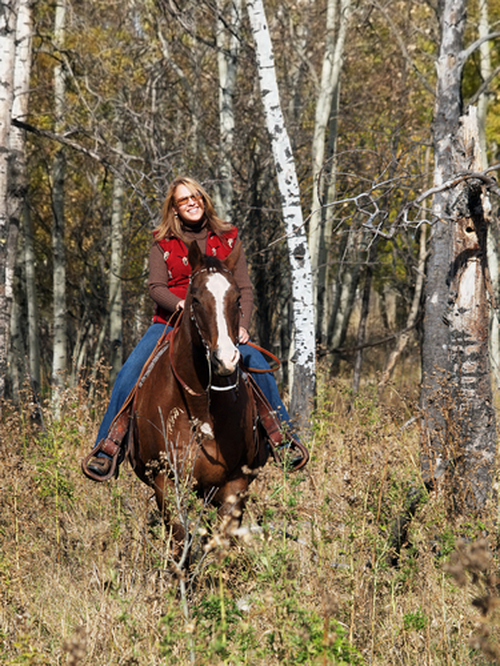The Lee County Health Dept. has issued a warning to all pet and livestock owners following the death of a horse that contracted rabies in North Fort Myers, Florida.

Make sure your horse is vaccinated
Rabies is transmitted mainly by a bite, but exposure may also occur through any broken skin or mucous membrane that comes in contact with saliva from an infected animal.
“Wild animals carry rabies and so it's really important to get your domestic animals and your livestock vaccinated against it to avoid an infection like this,” said health department spokesperson Diane Holm.
The rabies death was confirmed last week as the first livestock or domestic animal rabies case in two years.
Rabies is a viral disease that can be transmitted to animals and humans. The disease is transmitted mainly by bite, but exposure may also occur through any broken skin or mucous membrane that comes in contact with saliva from an infected animal. Once neurological symptoms develop, rabies is fatal to both animals and humans. The good news is that rabies is easily preventable. Vaccination prior to possible exposure is a crucial part of health management of domestic animals, and is the single most important factor in rabies prevention according to the Alliance for Rabies Control.
It is estimated that every year 30,000-40,000 US residents are potentially exposed to rabies requiring human rabies post-exposure treatment. Hundreds of bite cases are reported to the Lee County Health Department each year. It is unknown how many bites go unreported in Lee County putting countless people at risk to contract or spread the disease.
Horse and pet owners can protect themselves and the community by having their animals vaccinated and by avoiding stray animals and wildlife. All bites should be washed with soap and water and seen by a doctor immediately. Prompt and appropriate treatment following a bite can stop rabies infection and/or prevent the disease in humans and animals.
This is the first case of animal rabies seen in Lee County this year. The average number of animal cases is two or three per year.
See also Rabies in Horses
